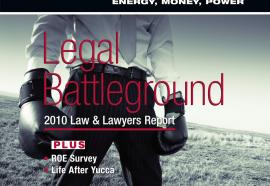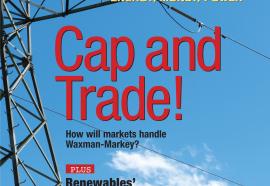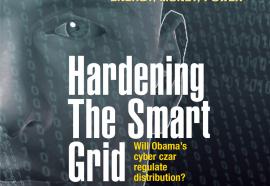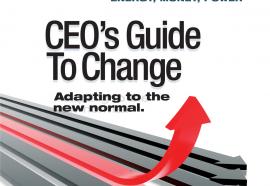Smart Standardization
Coordinated efforts aim toward global principles.
The smart grid is poised for a tremendous rollout of new and revised technology standards in the next few years, but that’s just the beginning. IEEE Standards Association President Charlton Adams Jr. explains the objective of the intensifying smart grid standards effort is to address and satisfy the full gamut of economic, political and social goals related to the smart grid.











